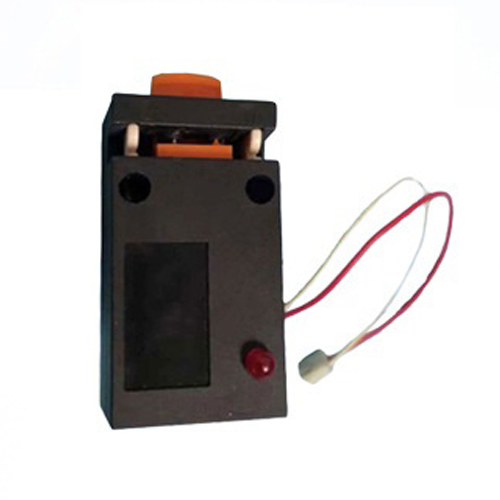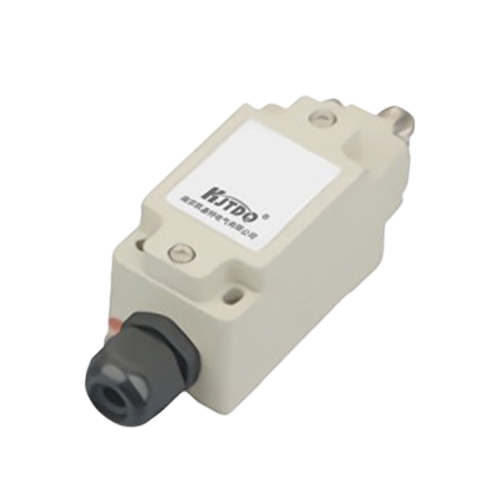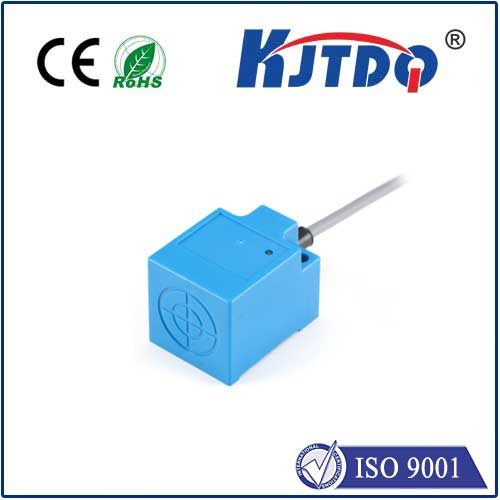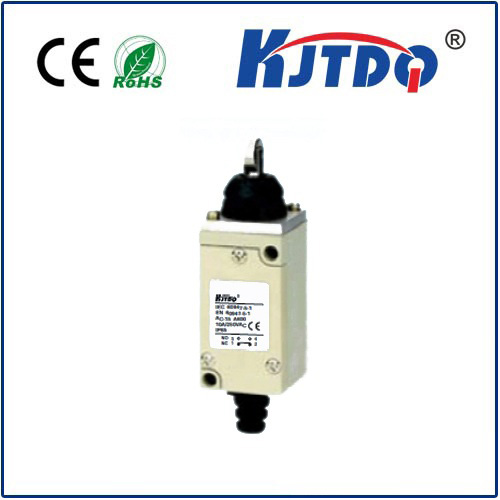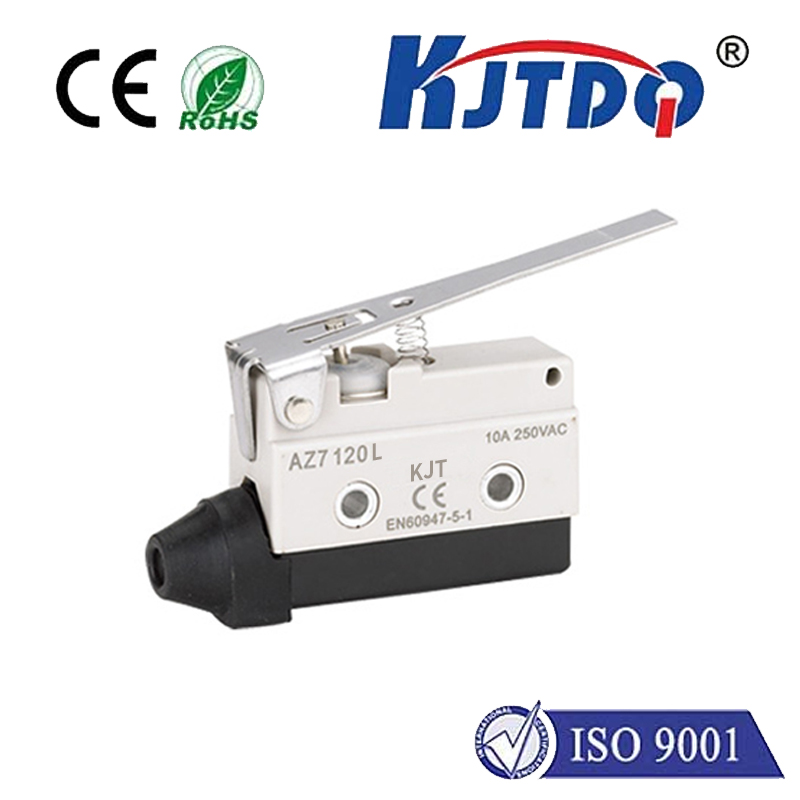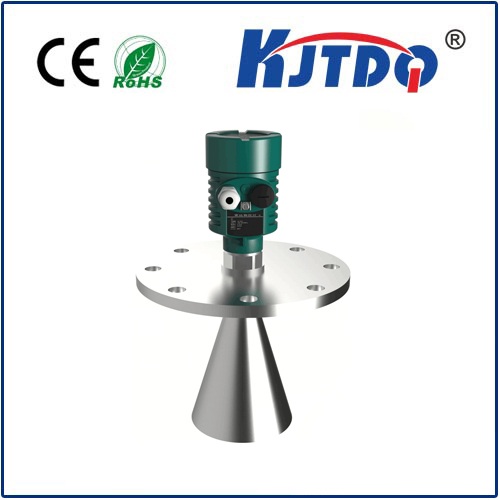

check

check

check

check
Ever wondered how industries achieve near-flawless accuracy in tasks like construction layout, robotic navigation, or even home improvement projects? The answer often lies in a compact yet powerful device: the laser measure sensor module. This technology has revolutionized distance measurement by offering unparalleled precision and versatility. From warehouses to workshops, these modules enable non-contact measurements with ease, eliminating the guesswork of traditional tools. In this deep dive, we’ll explore how these devices work, their key advantages, and the diverse applications driving their adoption. Whether you’re an engineer, a DIY enthusiast, or simply curious about modern sensors, understanding the laser measure sensor module unlocks insights into a smarter, more efficient world of spatial data.
At its core, a laser measure sensor module is a sophisticated electronic component that uses laser beams to determine distances with high accuracy. Unlike tape measures or ultrasonic sensors, it emits a focused laser pulse toward a target. The module then calculates the distance based on the time it takes for the light to bounce back, a principle known as time-of-flight (ToF) measurement. This process ensures results that are not only quick but often accurate to within a millimeter, making it ideal for critical applications where reliability is paramount. For instance, modules like the VL53L0X series employ advanced algorithms to filter out ambient noise, ensuring consistent performance even in varying lighting conditions. This method of non-contact measurement reduces errors and wear, as there’s no physical contact between the sensor and the object—perfect for delicate surfaces or high-traffic industrial settings.

One of the standout benefits of the laser measure sensor module is its unmatched precision and efficiency. By minimizing human error, it transforms tasks that once took hours into swift, automated processes. In robotics, such modules allow autonomous vehicles to navigate obstacles seamlessly, calculating distances in real-time to avoid collisions. Similarly, in smart home systems, they enable features like hands-free gesture control or adaptive lighting adjustments. The speed of operation is another key advantage; most modules deliver readings in milliseconds, boosting productivity in fast-paced environments like logistics centers or manufacturing lines. Moreover, their compact size—often no larger than a coin—means they integrate effortlessly into existing devices, from handheld meters to embedded IoT solutions. This fusion of portability and power makes the laser measure sensor module a go-to tool for precision distance measurement across sectors.
Diving into real-world applications, the laser measure sensor module shines in diverse fields, demonstrating its versatility. In industrial automation, it’s indispensable for quality control, where robots use it to verify component dimensions on assembly lines with sub-millimeter accuracy. Construction professionals rely on it for site surveys, reducing measurement errors that could lead to costly rework. For home and DIY projects, these modules empower enthusiasts with affordable, user-friendly options; think laser tape measures that simplify room layouts or furniture installations. Environmental monitoring also benefits, as sensors track distances in dynamic settings like flood levels or structural shifts, providing early warnings without manual intervention. The laser measure sensor module even extends to consumer tech, such as in smartphones for AR experiences or autofocus enhancements. Widespread adoption reflects its adaptability, with industries leveraging its cost-effectiveness to replace older, bulkier tools.
When selecting a laser measure sensor module, several factors ensure optimal performance. Key considerations include measurement range and accuracy, as modules vary from short-range models (e.g., under 10 meters) to extended versions for large-scale projects. Environmental resilience is crucial too; look for IP-rated options that resist dust and moisture in harsh settings. Integration simplicity shouldn’t be overlooked—modules with I2C or UART interfaces plug easily into microcontrollers like Arduino, fostering innovation in prototyping and development. Power efficiency is another highlight, as low-consumption designs extend battery life in portable gadgets. Always verify certifications for safety and compliance, especially in regulated industries where laser classifications matter. By weighing these aspects, users can customize solutions that maximize reliability, whether for professional use or hobbyists experimenting with distance measurement projects.
The ongoing evolution of these modules promises even greater advancements. Miniaturization trends continue, shrinking designs while boosting capabilities, such as adding multiple-axis sensing for 3D mapping. Innovations in AI integration are enhancing data processing, allowing modules to learn and adapt from repeated measurements. This paves the way for smarter cities and industries, where real-time distance data drives efficiency without human oversight.
